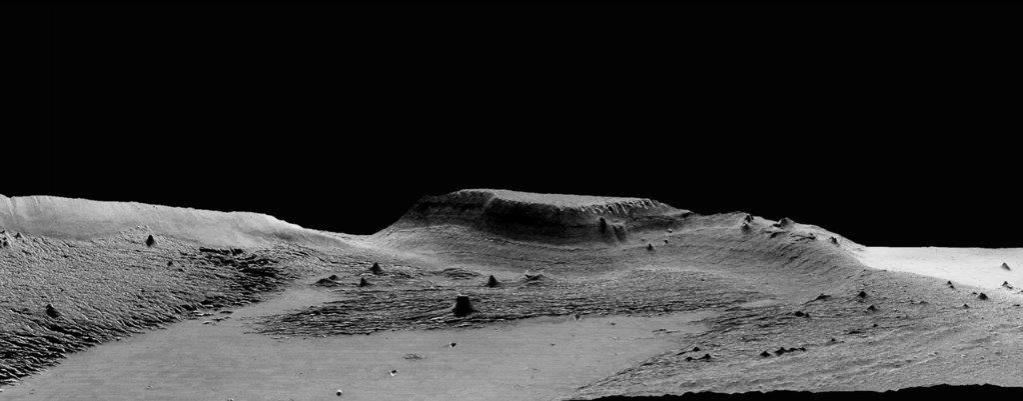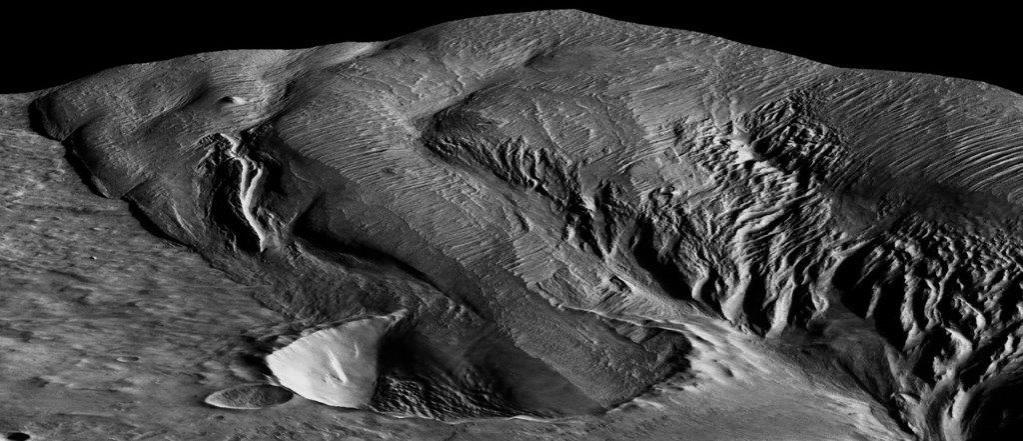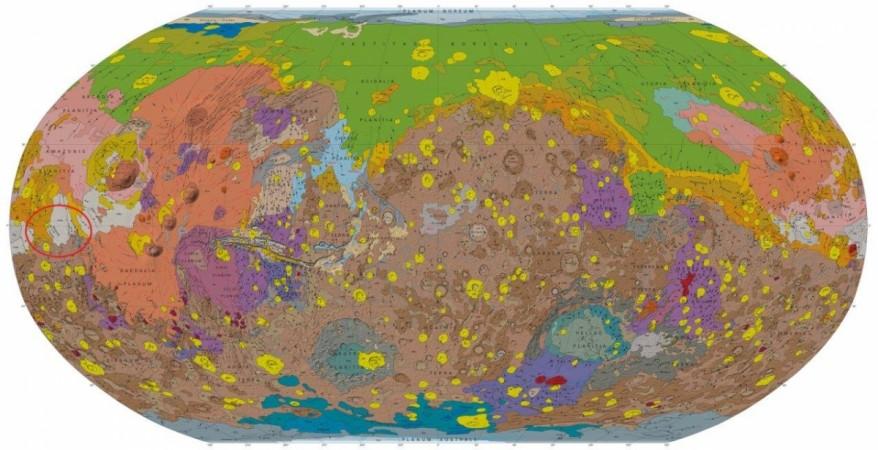
The Medusae Fossae Formation on Mars near its equator was formed as a result of explosive volcanic eruptions. The formation has been a mystery to astronomers since the 1960s when it was first observed.
According to a release by the American Geophysical Union (AGU), this new finding could help scientists gain a better understanding of the rocky formations and geological features of the red planet. The planet's interiors, its past, and future habitability are all explained through this finding say researchers.
NASA's Mariner spacecraft first saw these rock formations when it made a flyby in the 1960s, but they had no idea how this could have been formed. This new study has put speculations to rest by explaining how in its early years, about 3 billion years ago. To understand just how massive an eruption this must have been, the researchers explain that when compared to Earth, a much larger planet, the largest volcanic deposit is about 100 times smaller than the Medusae Fossae Formation. These rock features are about one-fifth the size of the continental USA.
Medusae Fossae formation is the Solar System's largest volcanic eruption deposit that humans know of till now, say the researchers.
"This is a massive deposit, not only on a Martian scale, but also in terms of the solar system, because we do not know of any other deposit that is like this," said Lujendra Ojha, a planetary scientist at Johns Hopkins University and lead author of the new study.
The eruption and formation of the Medusae Fossae was a history-changing event for Mars, say the researchers. The eruptions would have likely spewed and shot jets of gasses that altered the climate of Mars and changed the atmosphere. Water would have also been ejected onto the surface, enough to cover the entire planet in a global ocean that would have flooded the whole planet by about nine cm.

Greenhouse gases that the volcano gave out during these eruptions could have actually warmed the Martian surface enough for water to stay liquid surface level. However, hydrogen sulphide, sulphur dioxide and other like toxic volcanic gases would have also leaked into the surface and atmosphere. The combination of hot atmosphere and toxic water would have likely affected the potential for Mars's habitability, explained Ojha said.
"If you were to distribute the Medusae Fossae globally, it would make a 9.7-metre thick layer." Ojha said.
"Given the sheer magnitude of this deposit, it really is incredible because it implies that the magma was not only rich in volatiles and also that it had to be volatile-rich for long periods of time."
NASA's InSight lander will be touching down on Mars in November this year and send a probe down under the surface to study the innards of the red planet. Maybe then astronomers will get a much better idea of the interior make up of Mars and maybe even find clues to life that might have existed there.
The study was first published in the Journal of Geophysical Research: Planets, a journal of the AGU.


















